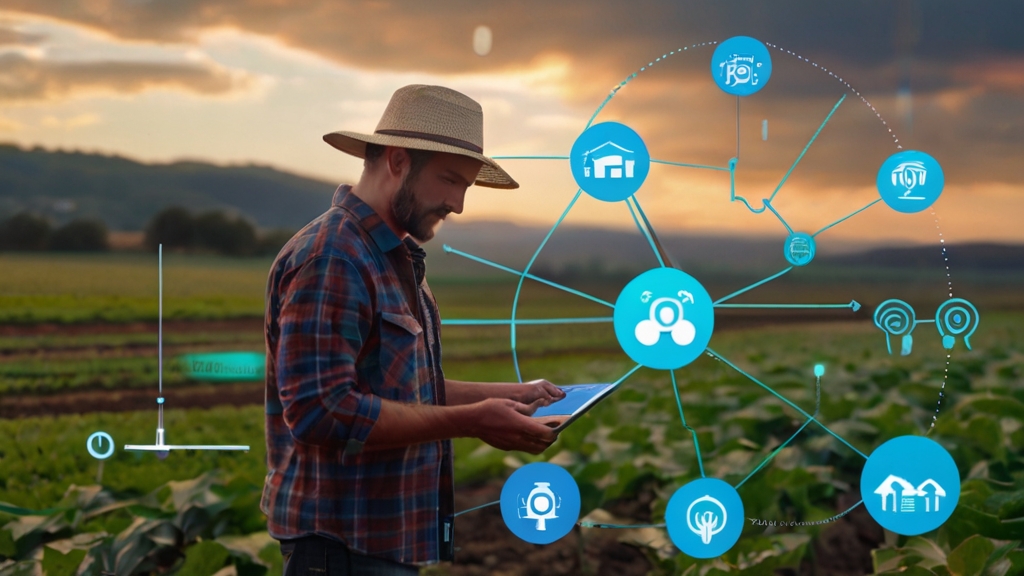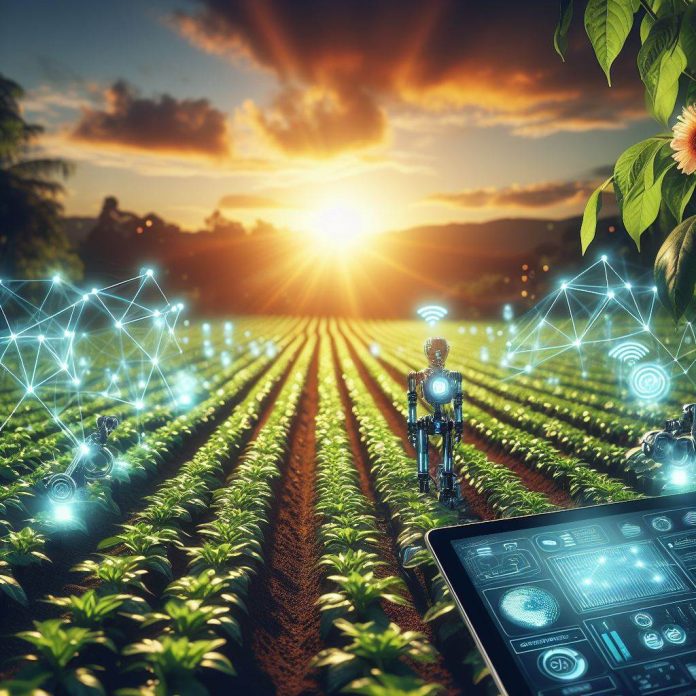In the ever-evolving landscape of technology, two fields that seem worlds apart—botany and technology—have begun to merge, creating a new era of “Smart Plants” powered by the Internet of Things (IoT). This integration promises to revolutionize how we interact with and understand the plant kingdom, offering unprecedented opportunities for sustainability, efficiency, and innovation in agriculture and beyond.
Understanding IoT (Internet of Things)
Before diving into the world of smart plants, let’s clarify what IoT entails. IoT refers to a network of interconnected devices that communicate and exchange data with each other and with humans over the internet. From smart thermostats in your home to health monitors that track your fitness, IoT is becoming an integral part of our daily lives.
Exploring Smart Plants
So, what exactly are smart plants? In essence, they are plants integrated with IoT technology, allowing them to communicate their needs (such as water, nutrients, or light) directly to growers or automated systems. This is achieved through the use of various sensors and devices that monitor plant health and environmental conditions.

Benefits of Smart Plants and IoT in Agriculture
The adoption of smart plants and IoT technology in agriculture brings myriad benefits. It enables farmers to optimize resources, reduce waste, and increase crop yields. By providing real-time data on plant health and environmental conditions, IoT technology also supports more sustainable agricultural practices and reduces the ecological footprint of farming.
The Role of Sensors in Smart Agriculture
A key component of smart agriculture is the use of sensors. These devices can measure a wide range of environmental and plant-specific parameters, including soil moisture, temperature, light levels, and nutrient concentration. This data is crucial for maintaining optimal growing conditions and ensuring plant health.
Data Analytics: The Backbone of Smart Agriculture
Data collected by sensors is analyzed to make informed decisions about crop management. Advanced data analytics can identify patterns and predict plant needs, allowing for precise adjustments to watering schedules, nutrient delivery, and pest management strategies.
Case Studies: Success Stories of Smart Plants
Numerous success stories highlight the potential of smart plants and IoT in agriculture. For instance, some vineyards have implemented IoT technology to monitor soil moisture and vine health, significantly improving grape quality and yield. Similarly, greenhouses equipped with IoT sensors have achieved more efficient climate control, leading to healthier plants and reduced energy consumption.
Challenges and Solutions in Implementing Smart Plant Technologies
While the benefits are significant, implementing smart plant technologies is not without challenges. Technological complexity, high initial costs, and the need for specialized knowledge are common hurdles. However, with continuous advancements in technology and increasing accessibility, these challenges are becoming more surmountable.
The Future of Smart Plants and IoT in Agriculture
Looking ahead, the integration of smart plants and IoT technology in agriculture is set to deepen, with emerging technologies like AI and machine learning further enhancing the capabilities of smart farming systems. The potential for innovation is vast, promising not only more efficient and sustainable agriculture but also a deeper connection between humans and the plant world.

FAQs
- What are smart plants?
Smart plants are plants integrated with IoT technology that allows them to communicate their needs to growers or automated systems. - How do sensors contribute to smart agriculture?
Sensors monitor environmental and plant-specific parameters, providing data that is crucial for maintaining optimal growing conditions and ensuring plant health. - What challenges are associated with implementing smart plant technologies?
Challenges include technological complexity, high initial costs, and the need for specialized knowledge. - How can smart plants and IoT technology benefit agriculture?
They enable optimized resource use, reduce waste, support sustainable practices, and enhance crop yields. - What is the future of smart plants and IoT in agriculture?
The integration of these technologies is expected to deepen, with AI and machine learning further enhancing the capabilities of smart farming systems.


